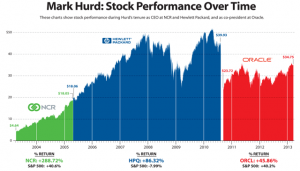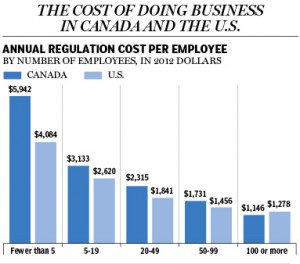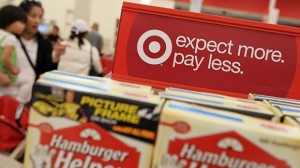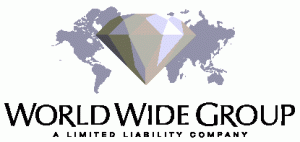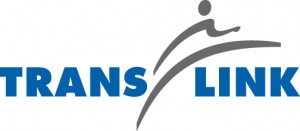The easiest way for a company to motivate their employees is to reward them with a higher pay, or a bonus check, but is this the most effective? Studies have shown that once employees reach a certain minimum of satisfaction with their salary, they can no longer be motivated with money. Justin Tiu briefly touches on this idea.
Employees cannot be motivated solely by extrinsic motivators. This is a short term strategy that does not develop the firm. Therefore, intrinsic motivators like job empowerment, inclusion, development and healthy personal relationships play a larger role. These intrinsic motivators vary from person to person, but certain initiatives can make a huge difference. Teams can be be given more empowerment to innovate by transforming them into self-managed teams. This will not only give them job satisfaction, but innovation is encouraged and is highly beneficial for the firm. With enough intrinsic motivators, employees will start to act organizational citizenship behaviour. This will boost the firm’s organizational culture, creating positivity, but also increase productivity.
For me, the definition of commerce is people. Individuals interacting with one another, exchanging goods and service and building relationships. For this to happen, firms but create happy workers by incorporating company events, job benefits and systems of good working conditions. The effects of these investments may not be felt in the short run, but companies that are persistent will be one step ahead in the future.
Justin Tiu’s Blog: ‘Employee Motivation’



